Vintage Tupperware BROWN bowl: Negative for Lead, Cadmium, Mercury, and Arsenic!
For those new to this website:
Tamara Rubin is a multiple-federal-award-winning independent advocate for childhood Lead poisoning prevention and consumer goods safety, and a documentary filmmaker. She is also a mother of Lead-poisoned children (two of her sons were acutely Lead-poisoned in 2005). Since 2009, Tamara has been using XRF technology (a scientific method used by the U.S. Consumer Product Safety Commission) to test consumer goods for toxicants (specifically heavy metals — including Lead, Cadmium, Mercury, Antimony, and Arsenic). All test results reported on this website are science-based, accurate, and replicable. Items are tested multiple times to confirm the test results for each component tested. Tamara’s work was featured in Consumer Reports Magazine in February of 2023 (March 2023 print edition).
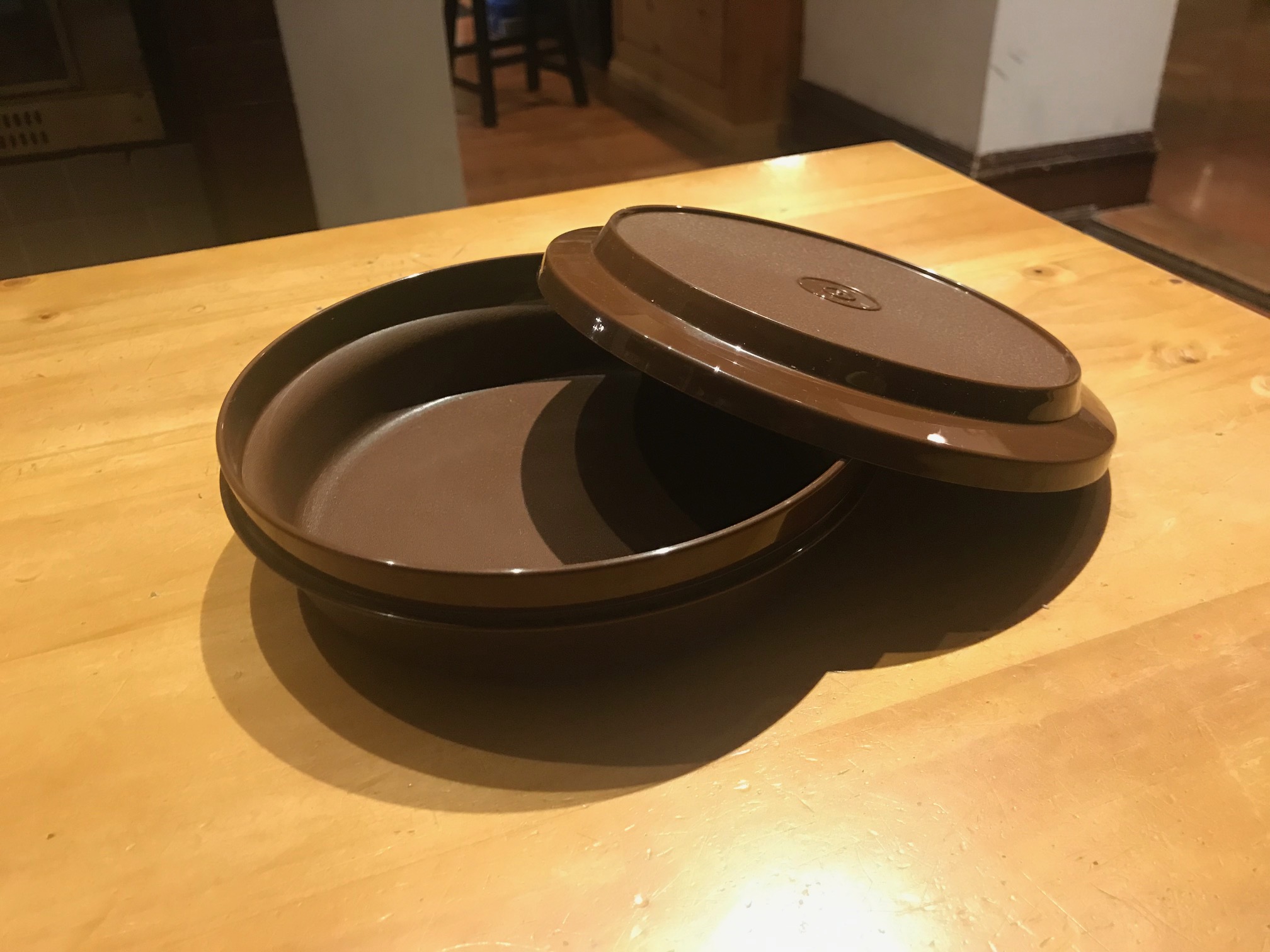
To see more vintage Tupperware products we have tested, click on the links below (these will be live as soon as each of the articles are up)!
- Yellow Vintage Tupperware
- Orange Vintage Tupperware
- Brown Vintage Tupperware
- White Vintage Tupperware [not live yet]
- Green Vintage Tupperware
When tested with an XRF instrument, the bowl pictured here had the following readings:
- Lead (Pb): Negative / Non-Detect (ND)
- Cadmium (Cd): Negative / Non-Detect (ND)
- Mercury (Hg): Negative / Non-Detect (ND)
- Arsenic (As): Negative / Non-Detect (ND)
- Zinc (Zn): 47 +/- 5 ppm
- Copper (Cu): 14 +/- 7 ppm
- Nickel (Ni): 10 +/- 5 ppm
- Iron (Fe): 5,744 +/- 61 ppm
Other metals not listed were not detected with the XRF in consumer goods mode. Tests were done for a minimum of 2-minutes and confirmed multiple times. The above numbers represent one specific test result set from one single 2-minute reading (not an average of multiple tests or similar).
No toxicants were found in this brown vintage piece. This is the first piece of vintage Tupperware that I am reporting here on the website that is free of the main four toxicants that I look for.
The consideration for toxicants (Lead, Cadmium, Mercury, and Arsenic) found in some of the colors of these vintage Tupperware pieces is two-fold:
- For those who are avid LeadSafeMama.com readers and NOT Tupperware users, you may not realize that these 40-plus-year-old products are still in high-frequency regular use in homes across
America. Just because they are vintage does not mean they are not used on a daily basis — they most definitely are, as confirmed by some of the comments (and I could have perhaps guessed, given the frankly unbelievable popularity of my original post on Facebook, which has now been shared more than 2,800 times and reached over 94,000 people in just about 24 hours). Click the image to the right to read some of the hundreds of comments about this article on Facebook!
- It is my understanding that common lore has supported the idea of these dishes being considered “microwave safe,” even though they are made of plastic. This means food is being heated up in the dishes, and that — combined with the potential use of acidic foods in these dishes —gives me quite a concern for potential leaching, especially over time, in dishes that (one reader told me) came about around 1972. Specific acidic foods of concern would include lemon juice (pretty much any juice, really), vinegar, tomato sauce, soups, etc.
Continue reading below the image.
In response to some criticisms on my original Tupperware article (about the yellow plastic measuring cups):
A handful of readers asserted their concern that the measuring cups I tested recently might only test positive for toxicants as a result of contamination caused by some sort of unusual usage with toxicants. While I did not expect this to be the case (based on my decade-long experience of testing consumer goods, including hundreds and perhaps thousands of vintage plastic items), I was excited to find this set of dishes (which the bowl picture here is part of) that help disprove thisconcern. These bowls are in “brand-new-never-used” condition, and were sold with a tag indicating as much (at the antique store where they were purchased), yet the toxicant levels are comparable to those found in bowls that have seen normal use and wear over the years. The toxicant levels are also consistent throughout the product, as there is no paint or coating — just a uniform substrate material (plastic) making up the entire product.
As alway, please let me know if you have any questions. I will do my best to answer them personally although it may take a while due to the increased traffic on this site.
Thank you for reading and sharing our articles. We are not yet covering the costs of our Lead poisoning prevention advocacy and consumer goods testing work. If you are in a position to make a contribution in support of this work, please click here for a GoFundMe link, or click here if you would like to contribute via PayPal. I can’t thank you enough for your support in this way.
Never Miss an Important Article Again!
Join our Email List









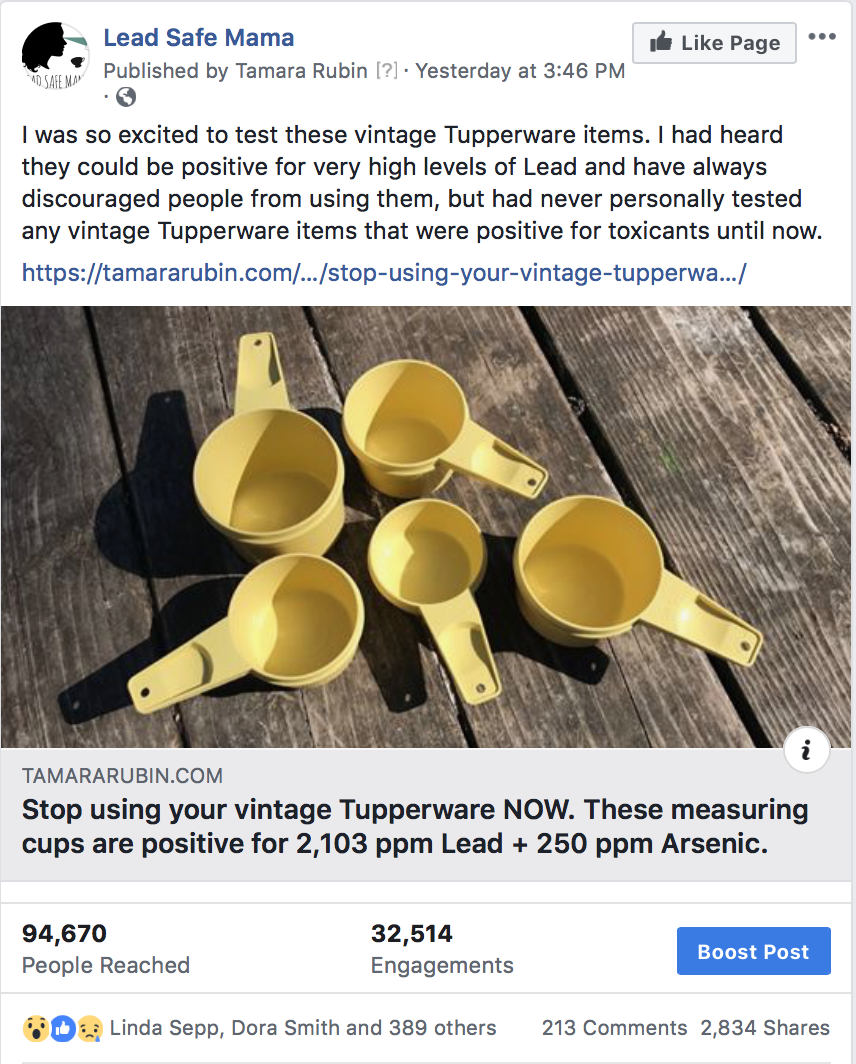
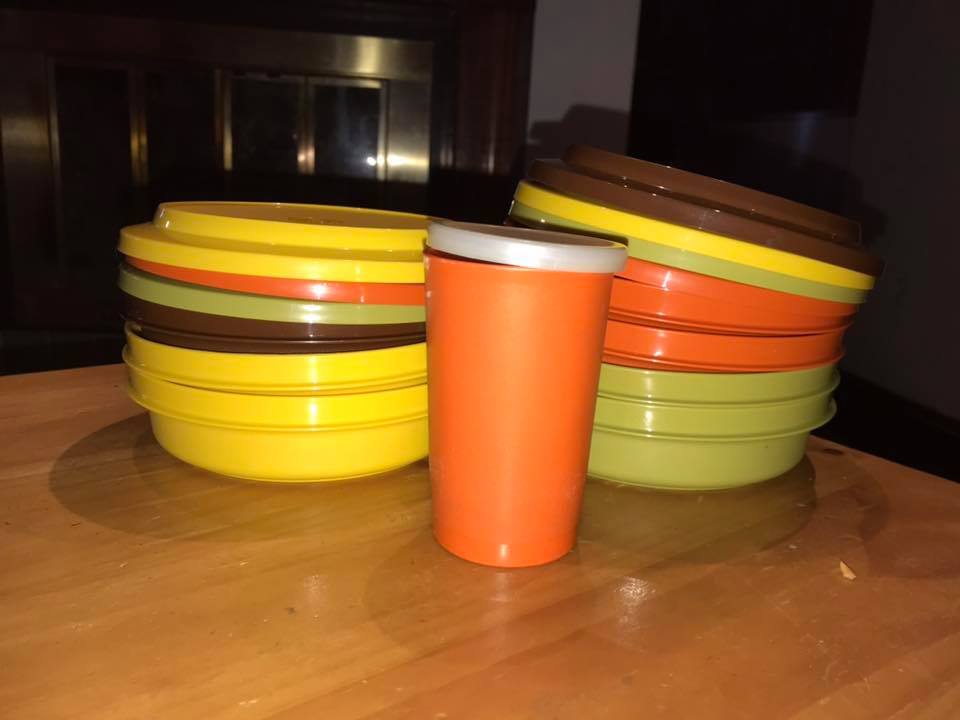
![Another vintage Tupperware example, orange bowl with Lid: 3,380 ppm Cadmium + 935 ppm Mercury [both are poisons for humans.]](https://tamararubin.com/wp-content/uploads/2019/03/Vintage-Orange-Tupperware-Bowl-With-Lid-Lead-Safe-Mama-1.jpg)
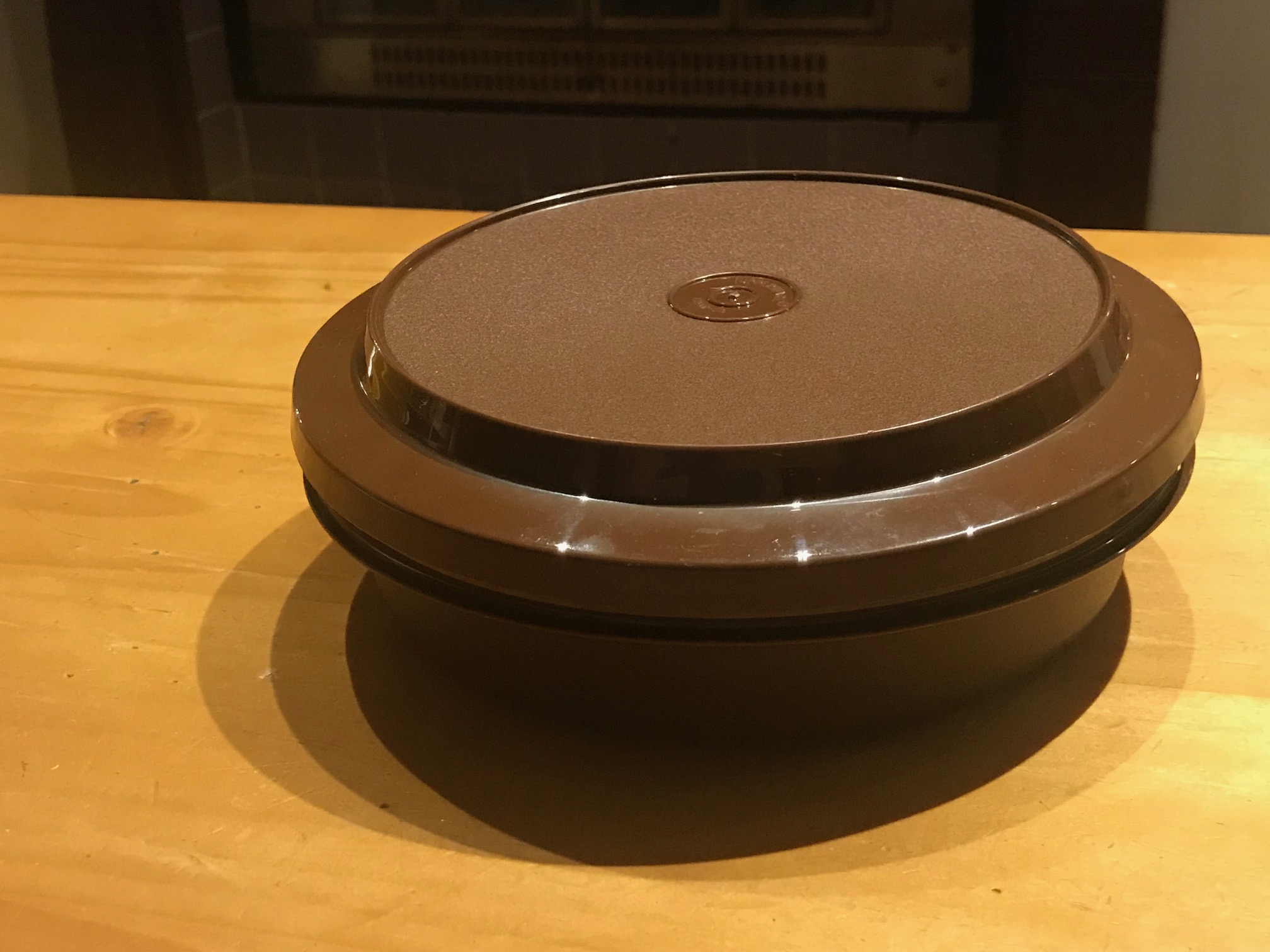
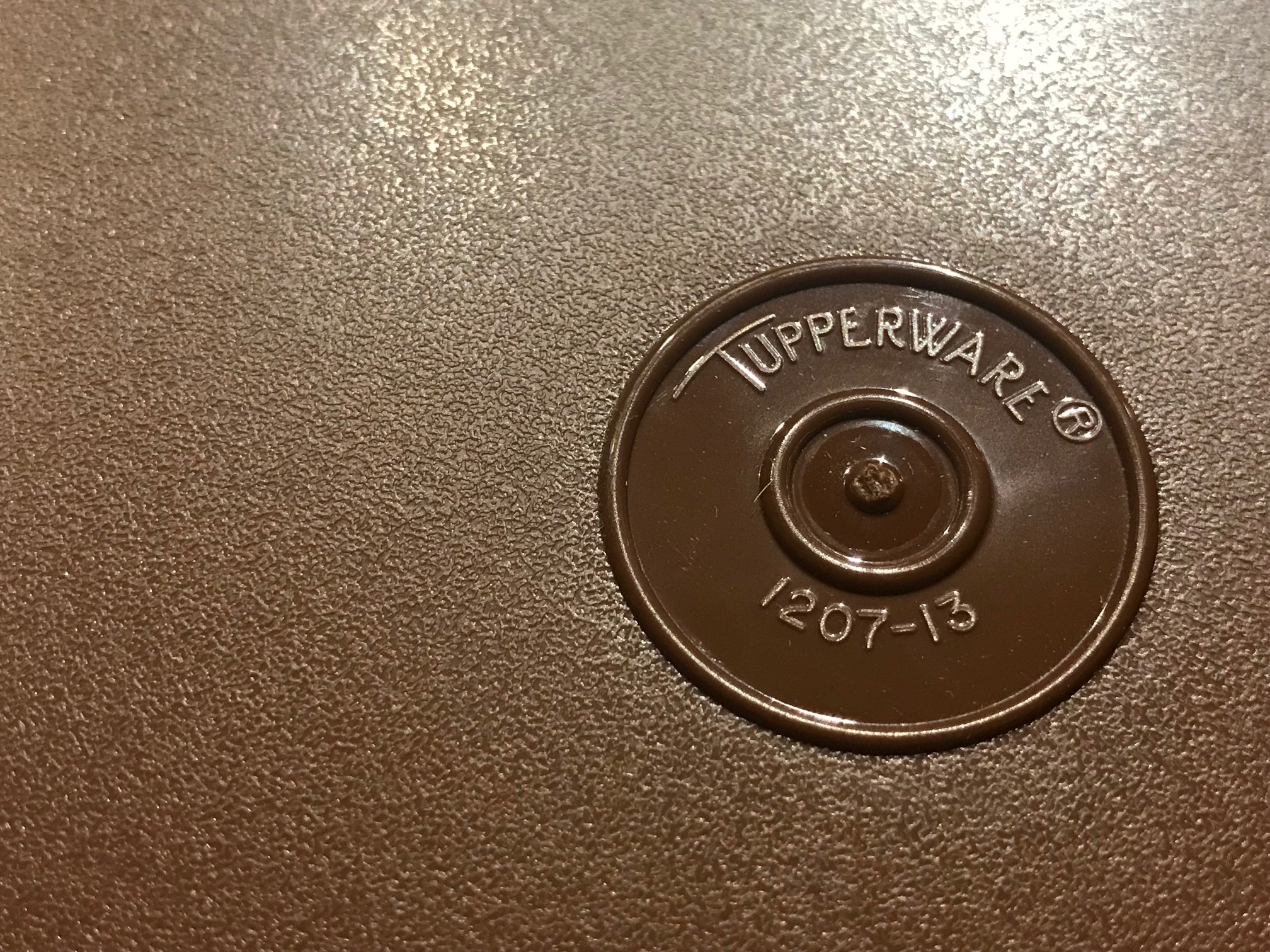
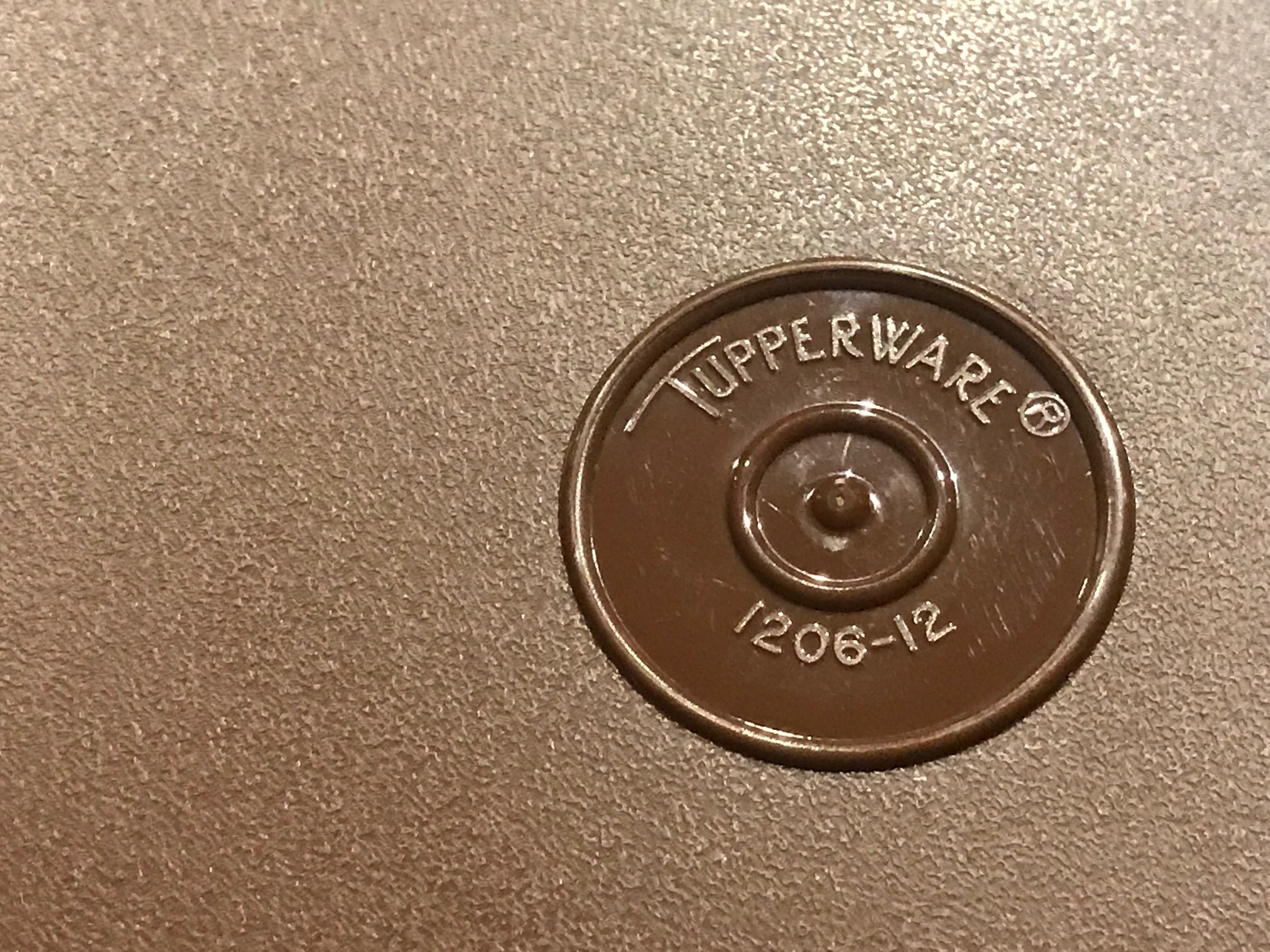
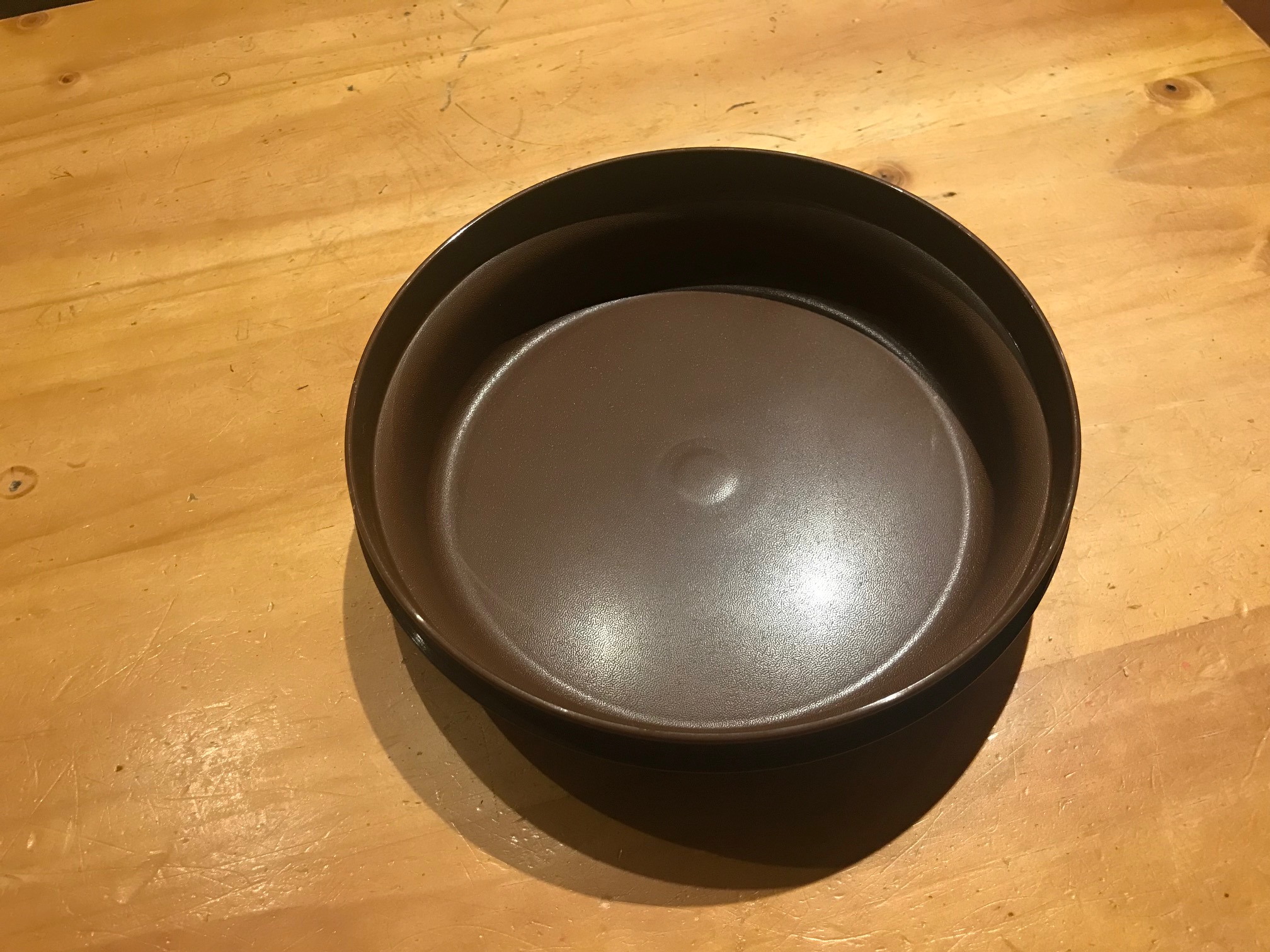

I was wondering if the brown pitchers are ok.
I have the yellow measuring cups and spoon but they don’t have the same markings on the bottom